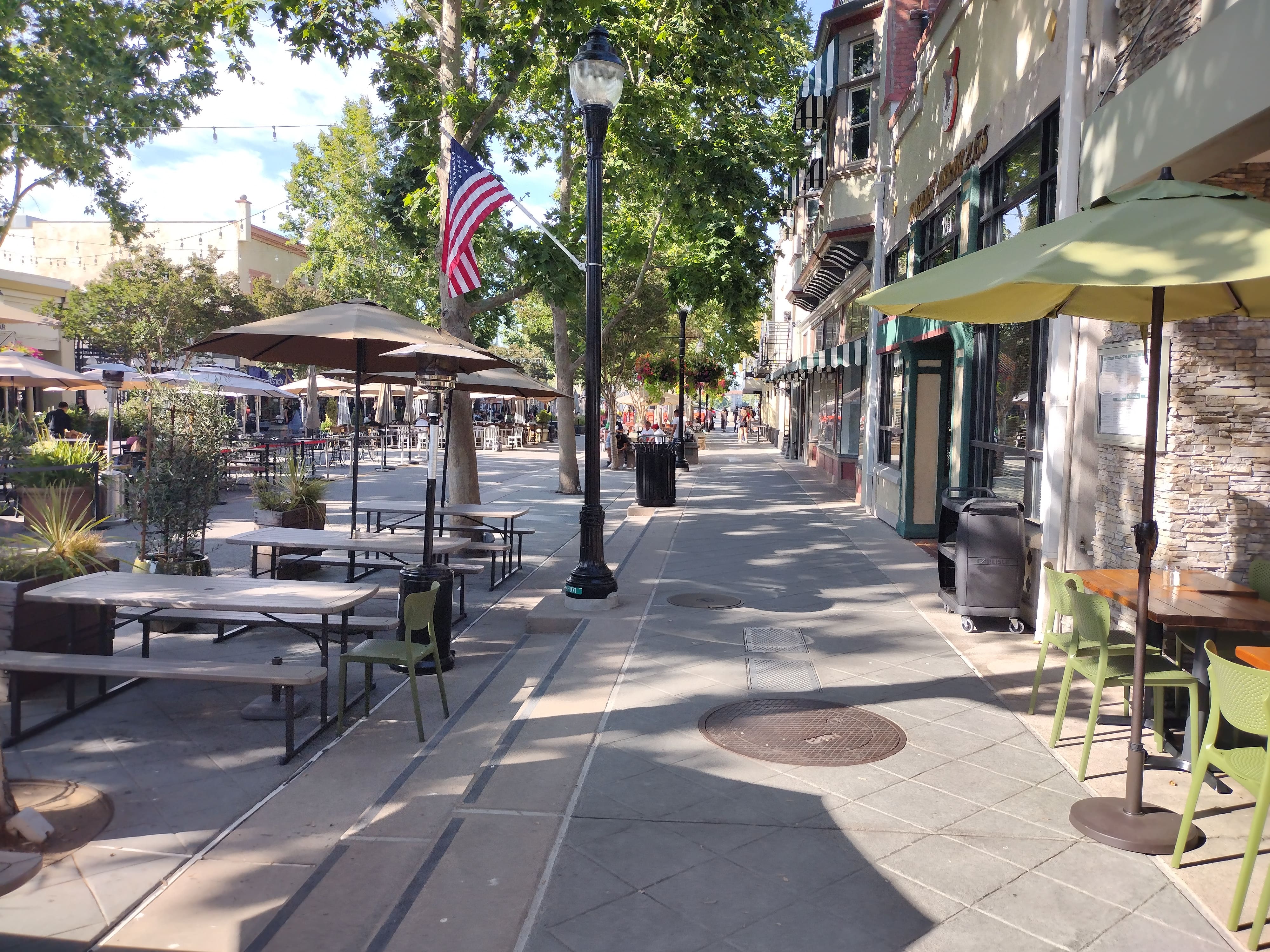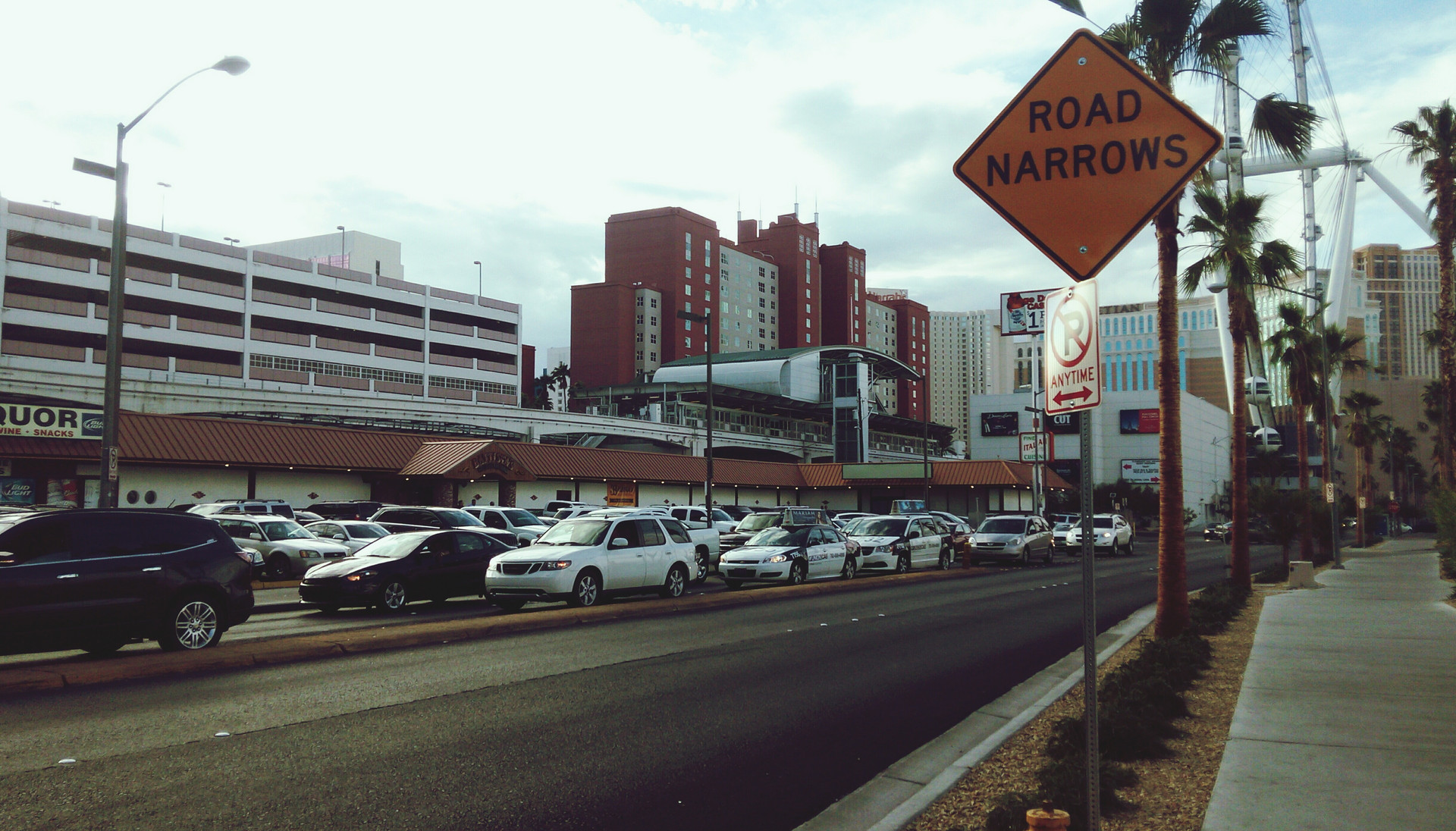Data-Driven Restaurant Site Selection for Success

Try TrafficZoom’s AADT metrics today with a free trial
Get instant access nowChoosing the right location for your restaurant can make or break your business. With competition in the restaurant industry at an all-time high, finding a good location is more crucial than ever. This is where data-driven site selection comes into play, offering a strategic edge that can ensure long-term success. In this guide, we’ll explore how understanding your trade area, analyzing key factors, and leveraging advanced technology can help you find the perfect spot for your restaurant.
Understanding Your Trade Area
Your trade area is the geographic region from which your restaurant will draw most of its customers. It’s essential to define this area carefully, as it impacts everything from marketing strategies to daily operations.
Demographic Considerations
Understanding the demographics within your trade area is vital. Key factors like population density, income levels, age distribution, and education levels can influence your restaurant's success. For example, a densely populated area with high-income residents may support a fine dining establishment, while a more family-oriented region might be better suited for a casual dining option.
Example Metrics
Several metrics can help you assess the potential of a trade area. Foot traffic is one of the most important, indicating how many people walk by your location daily. Drive time is another critical metric, measuring how long it takes for potential customers to reach your restaurant. Parking lot availability and ease of access are also vital, as they directly impact customer convenience.
Key Factors in Restaurant Site Selection
Selecting the right site for your restaurant involves more than just choosing a popular street. You need to delve into specific factors that can influence your restaurant's success.
Traffic Flow and Patterns
Understanding local traffic patterns is crucial. Analyze the daily and seasonal traffic volumes in your chosen area. What are the peak traffic hours? Which direction do most cars travel during these times? This information helps determine when your potential customers are likely to visit and how accessible your location is during these peak hours.
Population Density
Higher population density often translates to a larger pool of potential customers. However, it’s not just about the number of people; you need to understand who they are. Are they young professionals, families, or retirees? Each demographic will have different dining preferences, which should influence your site selection.
Census Bureau Data
The U.S. Census Bureau provides valuable demographic data that can help you evaluate potential restaurant locations. From income levels to age groups, this data offers insights into the makeup of your trade area, helping you tailor your restaurant concept to the local population.
Drive Time Analysis
Drive time is a critical factor in site selection. It measures how far potential customers are willing to travel to dine at your restaurant. Typically, shorter drive times are better, as they increase the likelihood of repeat visits. Analyze the drive times from surrounding neighborhoods to ensure your restaurant is within a convenient distance for your target customers.
Identifying a Good Location
A good location is one that’s not only easy to access but also highly visible to potential customers. Here’s what to consider:
Accessibility and Visibility
Your restaurant should be easily accessible, ideally located near main roads or highways. Visibility is also key—if potential customers can’t see your restaurant, they’re less likely to visit. Choose a site with high visibility, where your signage will catch the eye of passersby.
Parking Lot Considerations
A well-designed parking lot can make a significant difference in attracting customers. Ensure there’s ample parking space, especially if you expect a high volume of drive-in traffic. The parking lot should be easy to navigate, with clear signage and safe entry and exit points.
Competitive Landscape
Understanding the competitive landscape is crucial. Are there multiple restaurants nearby? If so, what types of cuisine do they offer? While competition isn’t necessarily bad, you need to ensure that your restaurant offers something unique. Consider how your restaurant will stand out in a crowded market, whether through menu offerings, ambiance, or customer service.
The Role of Real Estate in Site Selection
Real estate trends and property evaluations are central to selecting the best site for your restaurant.
Real Estate Trends
Stay informed about current trends in commercial real estate, as these can significantly affect your site selection. For example, areas undergoing new developments may offer growth opportunities, while established neighborhoods might provide a stable customer base. Understanding these trends helps you choose a location with long-term viability.
Property Evaluation
When evaluating potential properties, consider several factors: the cost of the property, its future development plans, and the specifics of the location. Does the property align with your budget? Are there any upcoming developments that could affect your business positively or negatively? Make sure the location supports your long-term goals, whether that’s expansion, remodeling, or just maintaining steady growth.
Long-Term Viability
Your chosen site should offer long-term viability. This means considering not only current market conditions but also potential changes in the area. Are there plans for new infrastructure that could increase foot traffic? Will the population in the area grow or shrink over time? Selecting a site with long-term potential ensures your restaurant can thrive well into the future.
Data-Driven Decisions: Leveraging Technology
In today’s digital age, technology plays a pivotal role in restaurant site selection. Leveraging advanced tools and data can provide a competitive edge.
Advanced Traffic Data Analysis
Using advanced traffic data analysis tools can give you a detailed understanding of traffic patterns around potential sites. For example, Ticon’s AI-driven traffic data can offer precise insights into when and where potential customers are most likely to pass by your restaurant. This data helps you select a site with the highest potential for customer traffic.
Example of Traffic Data Utilization
Restaurants that have used traffic data to guide their site selection often see better results. By analyzing traffic volumes and patterns, these businesses can pinpoint locations that offer the best chances for success. This data-driven approach minimizes risks and maximizes the chances of selecting a profitable site.
Predictive Analytics
Predictive analytics takes data analysis a step further by forecasting future trends. For instance, predictive models can estimate how changes in the local population or traffic patterns might affect your business. This allows you to make informed decisions about where to open your next restaurant, ensuring that your choice is backed by solid data.
Essential Checklist for Restaurant Site Selection
Before finalizing your site selection, ensure you’ve considered all critical factors. Here’s a checklist to guide you:
Predictive Analytics
Analyze Trade Area Demographics: Study the population, income, and age groups in the area.
Assess Traffic Patterns: Evaluate daily and seasonal traffic volumes.
Evaluate Real Estate Factors: Consider the cost, visibility, and future development of the property.
Review Competition: Understand the number and type of competing restaurants nearby.
Consider Parking and Accessibility: Ensure there’s sufficient parking and that the site is easy to access.
Conclusion: The Bottom Line on Restaurant Site Selection
Choosing the right location is more than just finding an available spot—it’s about making a strategic decision that will impact your restaurant’s bottom line for years to come. By leveraging data-driven insights and considering all the factors outlined above, you can select a site that offers the best chance for long-term success. For more information on how to optimize your restaurant site selection, contact Ticon today.














